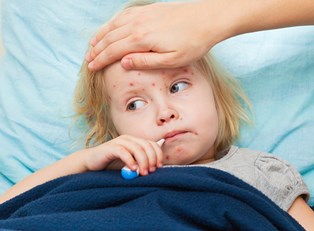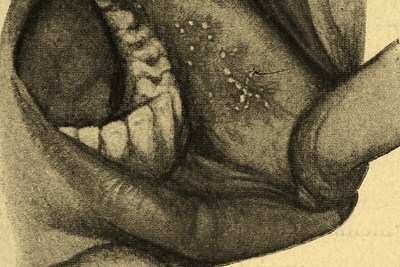Leprosy, also called Hansen’s disease (after the first scientist to view the microbe), is caused by a bacterial infection. Known most for the skin sores that develop all over the body, leprosy is also strongly connected with old world “leper colonies.” While Hansen’s disease has become quite rare in the United States, it is less so worldwide, with potentially crippling consequences without early treatment. Here’s a look at the causes, transmission, symptoms, and treatment of leprosy.
Causes of Leprosy
Leprosy is a contagious bacterial infection, induced by a germ called Mycobacterium leprae. The bacteria doesn’t run rampant like so many illnesses caused by microorganisms (take the common cold, for example), and is not highly contagious. In part, this is because the vast majority -- nearly 95% -- of the world population has a “natural immunity” to the bacteria, according to American Leprosy Missions.
Unfortunately, it can have a very long incubation period, which means it can take years or even decades before symptoms appear. In turn, this increases the chances of spreading leprosy. Although the way leprosy is spread and caught isn’t completely understood yet, the medical community believes it can be passed through coughing or sneezing. Droplets containing the bacteria spread to another person, but because of its low levels of contagion, this is generally only when someone without the natural immunity is in close contact over a long period of time with a person who doesn’t realize they are infected.
Transmission of Leprosy
Less than 100 cases of leprosy were reported in the United States last year (2015), but other countries have a greater rate of contagion. The National Institute of Health’s U.S. National Library of Health (NIH) states that “temperate, tropical, and subtropical climates” are more likely locales for the bacteria; this is evidenced by the fact that “most cases [in the U.S] are in the south, California, Hawaii, and U.S. islands, and Guam.”
However, in other countries, Hansen’s disease is much more common. Of particular concern is the drug-resistant strain of the bacteria that has developed to make treatment so much more difficult, thus increasing the viability of the disease.
Symptoms of Leprosy
The two most common types of leprosy are tuberculoid and lepromatous. Both cause skin sores, but lepromatous is the more serious of the two, as large nodules also tend to develop. In any case, the most common time period for symptomatic development is between two and 10 years, although it can be less or longer.
Nerves, skin, and mucous membranes are the most subject to damage from Hansen’s disease. Initially, you may notice areas of the skin that become discolored (particularly lighter) than the surrounding skin and fail to heal. The arms, legs, and back are particularly susceptible to these initial warning signs, which may be accompanied by a decrease in sensation and hair loss. Nerve and soft tissue damage becomes worse as the disease continues untreated. The skin sometimes becomes thick and dry, and abnormal bumps (nodules) may appear. As nerve damage sets in, the hands may become paralyzed, while a lack of sensation to the lower limbs can cause small, unnoticed wounds to become ulcerated. Damaged mucous membranes cause congestion, and damaged facial nerves can lead to blindness. Other symptoms include bloody noses, muscle weakness, numbness, and an inflammation of the nerves.
Treatment for Leprosy
As with many diseases, the sooner your treatment begins, the better the results are likely to be. Although leprosy can be treated, the damage can’t necessarily be undone, which means even if the symptoms go away, they may leave serious complications in their wake. The most effective means of treatment involves multi-drug therapy (MDT) utilizing a combination of different antibiotics to cure the disease. According to the NIH, the most commonly used antibiotics include “dapsone, rifampin, clofazimine, fluoroquinolones, macrolides, and minocycline.” The National Hansen’s Disease Program has 11 federally funded clinics nationwide, devoted exclusively to the treatment, cure, and understanding of leprosy.



